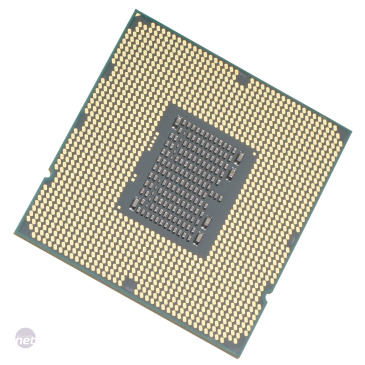Testing Methods
With the exception of HD Tach which we use to measure the performance of a motherboards SATA controllers, all of our benchmarks use real applications that give you a great idea of how well a product fares when performing the tasks you're likely to want it for.We test with our own Media Benchmarks suite which can be downloaded so you can test your own system. It uses a combination of Gimp image editing, H.264 encoding with Handbrake and multi-tasking with 7-zip file compression combined with HD video playback. Finally, for our game testing we benchmark the board running Crysis and record the minimum and average frame rates.
Our benchmarks include stable overclocked results too, so you can gauge how much performance potential there is in the motherboard, and how much value this adds to your purchase.
Test Setup:
Motherboards:
- Gigabyte GA-X58A-UD3R (Intel X58)
- Asus P6TD Deluxe (Intel X58)

- EVGA X58 SLI Micro (Intel X58)
- Asus Rampage III Extreme (Intel X58)
- Asus P6X58D Premium (Intel X58)(Intel X58)
- Gigabyte GA-X58A-UD7 (Intel X58)
Common Components:
- Intel Core i7-980X Extreme Edition (32nm, 12MB L3 cache, 25x133MHz; 3.33GHz, Turbo Mode and Intel power saving states left at BIOS default settings)
- Stock: 6GB DDR3 1,600MHz C8 at motherboard SPD settings
- Graphics Testing: ATI Radeon HD 5870 1GB
- PC Power and Cooling Silencer 750W PSU
- Seagate 7200.11 1TB SATA hard drive
- Intel X25-M 80GB SSD
- Windows 7 Home Premium 64-bit
- ATI Catalyst 10.2 WHQL
Overclocked Settings:
- Gigabyte GA-X58A-UD3R - 4.4GHz, 200MHz QPI, 22x multiplier, 1,600MHz triple-channel DDR3 memory at 8-8-8-24-74-1T.
- Asus P6TD Deluxe - 4.4GHz, 200MHz QPI, 22x multiplier, 1,600MHz triple-channel DDR3 memory at 8-8-8-24-74-1T.
- EVGA X58 SLI Micro - 3.52GHz, 160MHz QPI, 22x multiplier, 1,600MHz triple-channel DDR3 memory at 8-8-8-24-74-1T.
- Asus Rampage III Extreme - 4.4GHz, 200MHz QPI, 22x multiplier, 1,600MHz triple-channel DDR3 memory at 8-8-8-24-74-1T.
- Asus P6X58D Premium - 4.4GHz, 200MHz QPI, 22x multiplier, 1,600MHz triple-channel DDR3 memory at 8-8-8-24-74-1T.
- Gigabyte GA-X58A-UD7 - 4.4GHz, 200MHz QPI, 22x multiplier, 1,600MHz triple-channel DDR3 memory at 8-8-8-24-74-1T.
Overclocking
The GA-X58A-UD3R proved to be very easy to overclock, as most of the settings are located on a single page and you can type in most values directly into the BIOS rather than having to scroll through a list.The UD3R also has a good auto-recovery feature – when we overclocked it too far, it only required a reset to POST again in safe mode without losing any of our settings.
With the CPU multiplier dropped to 12x, the UD3R was able to run Prime95 with a heady QPI of 220MHz, one of the best overclocks we’ve seen from an LGA1366 motherboard. Given that only two other LGA1366 motherboards have overclocked by this much, and both are much more expensive, the UD3R is clearly very amenable to overclocking.
With Gigabyte’s special anti-vdroop ‘LL calibration’ BIOS option configured at ‘Level 2’ the UD3R was easily able to overclock our test CPU to its air-cooled maximum frequency of 4.4GHz.
At this frequency, the overclocked UD3R returned an even more impressive Media Benchmarks score of 2,624. Again, this is the best score of all the LGA1366 motherboards we've tested. It also proved to be a champion in Crysis, with an unmatched minimum frame rate of 42fps. It's fantastic for such a well priced board.

MSI MPG Velox 100R Chassis Review
October 14 2021 | 15:04









Want to comment? Please log in.